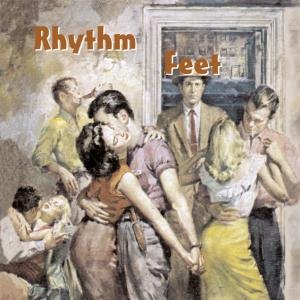
Ing, Tiffany Lani
product information
description
nth-Century Perspectives on a Hawaiian Sovereign examines the American, international, and Hawaiian representations of David La'amea Kamananakapu Mahinulani Nalaiaehuokalani Lumialani Kalākaua in English- and Hawaiian-language newspapers, books, travelogues, and other materials published during his reign as Hawai'i's mō'ī (sovereign) from 1874 to 1891. Beginning with an overview of Kalākaua's literary genealogy of misrepresentation, Tiffany Lani Ing surveys the negative, even slanderous, portraits of him that have been inherited from his enemies, who first sought to curtail his authority as mō'ī through such acts as the 1887 Bayonet Constitution and who later tried to justify their parts in overthrowing the Hawaiian kingdom in 1893 and annexing it to the United States in 1898. A close study of contemporary international and American newspaper accounts and other narratives about Kalākaua, many highly favorable, results in a more nuanced and wide-ranging characterization of the mō'ī as a public figure. Most importantly, virtually none of the existing nineteenth-, twentieth-, and twenty-first-century texts about Kalākaua consults contemporary Kanaka Maoli (Native Hawaiian) sentiment for him. Offering examples drawn from hundreds of nineteenth-century Hawaiian-language newspaper articles, mele (songs), and mo'olelo (histories, stories) about the mō'ī, Reclaiming Kalākaua restores balance to our understanding of how he was viewed at the time--by his own people and the world. This important work shows that for those who did not have reasons for injuring or trivializing Kalākaua's reputation as mō'ī, he often appeared to be the antithesis of our inherited understanding. The mō'ī struck many, and above all his own people, as an intelligent, eloquent, compassionate, and effective Hawaiian leader.
member goods
No member items were found under this heading.
Return Policy
All sales are final
Shipping
No special shipping considerations available.
Shipping fees determined at checkout.







